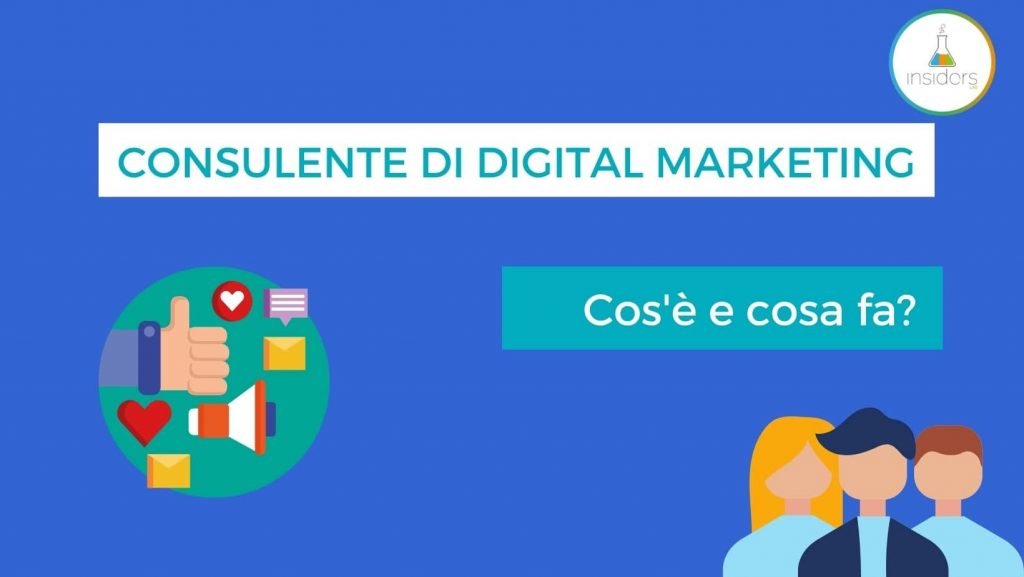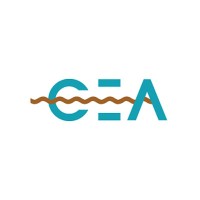
Writing a creative brief can be a daunting task. Your client's vision must be translated and you should avoid unnecessary jargon. To help the client solve their problem, your creative brief should be clear, simple, and easy to understand. The brief should not be a comprehensive solution. It should challenge the design team to come up with creative solutions. It should be a brief that's carefully constructed with creativity and care to solve the client’s problem.
Develop a key consumer benefit (KCB)
One way to focus your marketing efforts is to create a creative brief that focuses on a single benefit or pain point for the audience. An audience member may be looking for a key consumer benefit. It could be a specific feature, a benefit, and/or an outcome. You want to create a feeling in your audience that they will feel satisfied after using your product or service.
Be sure to research the competition and analyze their products or services. Also, consider their target audience when creating a creative brief. This information will allow you to narrow your focus and determine your company's niche in the marketplace. Create a KCB (key message) that clearly explains the solution the product or service offers to consumers. Then, be sure to incorporate testimonials and narratives into the creative brief.

Include deliverable dates
Remember to include deliverable dates and deadlines when writing a creative short. This will eliminate any confusion later. Also, make sure to include brand guidelines and internal messaging. Your creative team will achieve your goals better if you provide more information. Include the date you want to see the project completed, along with any revisions or approvals you need to make. Don't forget to include the deliverable dates of each stage.
A description of the target audience, your competition and the market you are operating in should be included. A brief should be concise and include your company's branding messages for your target audience. A clear and concise brief for your creative project will save you from endless revisions. It will also allow your agency be as transparent as possible with all information.
Include brand guidelines
The best way to ensure that the work produced is in line with the brand's values and tone is to include brand guidelines in your creative brief. These guidelines help the designer understand the brand’s voice and vision so the work they create reflects that vision. Here are some ways to include brand guidelines within your creative brief. You can use these guidelines to create your campaign brief, which should include these five elements. This will ensure that every detail in your creative brief is included.
Your creative brief should convey a clear understanding of your brand. However, it shouldn't go into too much detail. It should be a brief overview of the brand and intended audience. One paragraph should detail the goals. It should also include background information on the brand, including the target audience. If the creative team is unfamiliar with the brand they should be able learn it quickly and complete the project. Moreover, the creative brief should include the brand guidelines and the deliverables of the project.

Include client's voice
Incorporate your clients' voices when you create creative briefs. This is often where the hardest part of a creative brief is. The creative brief can be daunting because there is so many details to consider. Here are five reasons projects often fail. While not all of these are due to the brief itself, they all relate to a conflict over project's creative aspects. These are some suggestions to help you create a brief that appeals to your clients.
A creative brief should outline the key elements of the project. This will help you to understand the client's voice. Be sure to include demographic information and behavioral insights about your target audience. This will help you and your team create an effective content strategy. Your messaging must be persuasive and motivate your target audience to take action. In your creative brief, be sure to include the voice, tone and style of the client.
FAQ
How much should you charge to be a consultant?
It depends on what service you provide. If you are providing services for free, then there isn't any point in charging anything. You must charge for services or products if you want to sell them.
If you are providing low-quality services, then you don't have anything to sell. You are not worth anything, so why should anyone pay you anything.
You may be able to ask for a higher price if you offer high-quality services. This is because people know the value that you provide. It is possible to offer discounts to clients who order multiple packages.
What qualifications are required to become a consultant?
Not only is it important to have an MBA but you should also have business consulting experience. At least two years experience in training and/or consulting for major companies is required.
You should have had experience working with senior management to create strategy. This requires you to feel confident presenting ideas to clients, and getting buy-in.
You'll also need to pass a professional qualification exam such as the Chartered Management Institute's Certified Management Consultant (CMC) certification.
What does it cost to hire an expert?
There are many factors that influence the price of consulting services. These factors include:
-
Project size
-
Time frame
-
Scope of employment
-
Fees
-
Deliverables
-
Other factors to consider include location, experience, and other considerations.
Statistics
- According to statistics from the ONS, the UK has around 300,000 consultants, of which around 63,000 professionals work as management consultants. (consultancy.uk)
- Over 62% of consultants were dissatisfied with their former jobs before starting their consulting business. (consultingsuccess.com)
- So, if you help your clients increase their sales by 33%, then use a word like “revolution” instead of “increase.” (consultingsuccess.com)
- WHY choose me: Why your ideal client should choose you (ex: 10 years of experience and 6-week program has helped over 20 clients boost their sales by an average of 33% in 6 months). (consultingsuccess.com)
- On average, your program increases the sales team's performance by 33%. (consultingsuccess.com)
External Links
How To
How to find the best consultant
First, ask yourself what kind of consultant you are looking for. Before you look for someone, you need to be clear about your expectations. Before you start looking for a consultant, make a list. This could include: professional expertise and technical skills, project management capabilities, communication skills, availability, etc. After you have listed your requirements, it might be a good idea to ask colleagues and friends for their recommendations. Ask your friends and colleagues if they have had bad experiences with consultants in the past. Compare their recommendations with yours. Do some internet research if they don't have recommendations. There are many websites that allow users to leave feedback about their previous work experiences, such as LinkedIn and Facebook, Angie's List or Indeed. Consider the ratings and comments of other candidates and use these data to start your search for potential candidates. After you've compiled a list of potential candidates, it is time to reach out to them and schedule an interview. During the interview, you should talk through your requirements and ask them to explain how they can help you achieve those goals. It doesn't really matter if they were recommended; as long as they understand your business objectives, they will be able to show how they could help you achieve them.